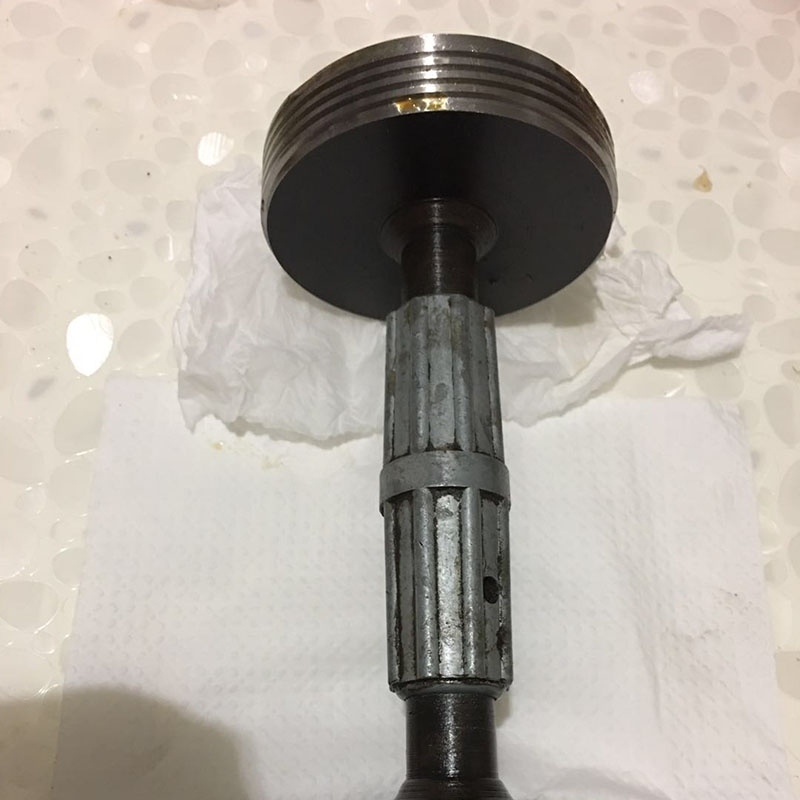Каст . 17, 2024 11:48 Back to list
Understanding the Functionality of Flanged Check Valves in Piping Systems
Understanding Flanged Check Valves A Comprehensive Overview
Check valves play a critical role in various industrial applications, ensuring that fluids flow in one direction while preventing backflow, which could lead to significant system failures. Among different types of check valves, flanged check valves are particularly popular due to their robust construction and ease of installation. This article explores the design, operation, advantages, and applications of flanged check valves.
What is a Flanged Check Valve?
A flanged check valve is a type of one-way valve that incorporates flanged connections at both ends, allowing for easy attachment to pipes or other components in a system. This type of valve is typically constructed from materials like stainless steel, carbon steel, or ductile iron, offering strength and durability in various operating conditions. The flanged aspect refers to the rim or edge that is used to facilitate bolting the valve to the piping system.
How Does a Flanged Check Valve Work?
The primary function of a flanged check valve is to prevent reverse flow in a piping system. It achieves this through a mechanism commonly comprised of a swinging disc or a spring-loaded gate.
1. Swinging Disc Check Valve This design features a disc that hinges on a shaft. When the fluid flows in the intended direction, the disc swings open, allowing unhindered flow. However, if there is a reverse flow, the disc closes due to the back pressure, sealing off the line effectively.
2. Spring-Loaded Check Valve This design includes a spring mechanism that keeps the gate closed until enough pressure from the forward flow opens it. In situations where the flow reverses, the spring forces the gate back into a closed position, thus preventing backflow.
Advantages of Flanged Check Valves
Flanged check valves come with several advantages making them advantageous for many applications
- Easy Installation and Maintenance The flanged connections make it straightforward to install or remove the valve from the pipeline without disrupting the entire system. This feature is especially useful in systems that require regular inspections or maintenance.
flanged check valve

- Robust Construction Designed to withstand substantial pressure and temperature variations, flanged check valves are ideal for high-demand industrial environments. Their durable materials enhance their lifespan and reliability.
- Versatility Flanged check valves are available in different sizes, materials, and designs, making them suitable for various applications, including water supply, oil and gas, chemical processing, and HVAC systems.
- Reduced Risk of Damage By preventing backflow, flanged check valves protect pumps and other system components from damage that can be caused by reverse flow. This not only prolongs equipment life but also helps maintain system efficiency.
Applications of Flanged Check Valves
Flanged check valves are found in a wide range of applications across diverse industries
1. Water Supply Systems These valves are commonly used in municipal water supply systems to prevent contamination through backflow.
2. Oil and Gas Industry Flanged check valves ensure that hydrocarbons and other fluids do not flow backward in pipelines, thus maintaining safe and efficient operations.
3. Chemical Processing In chemical plants, these valves are vital for controlling the flow of hazardous materials, ensuring they remain contained within the intended pathways.
4. HVAC Systems In heating, ventilation, and air conditioning systems, flanged check valves help manage fluid flow effectively, contributing to energy efficiency and system reliability.
Conclusion
Flanged check valves are an essential component in many fluid handling systems. With their robust construction, ease of installation, and ability to prevent backflow, they provide significant advantages in terms of safety, efficiency, and durability. As industries continue to evolve, the demand for effective control mechanisms like flanged check valves will remain strong, underscoring their critical role in modern engineering and industrial applications. When selecting a check valve, it’s crucial to consider the specific requirements of your system, ensuring optimal performance and reliability.
-
thread-plug-gauge-our-promise-of-measurement-excellenceNewsAug.22,2025
-
gauge-pin-class-reflecting-quality-legacyNewsAug.22,2025
-
check-valve-types-for-high-rise-buildingsNewsAug.22,2025
-
water-control-valve-for-irrigation-systemsNewsAug.22,2025
-
gate-valve-with-soft-seal-technologyNewsAug.22,2025
-
y-type-strainer-for-oil-and-gas-applicationsNewsAug.22,2025
Related PRODUCTS









